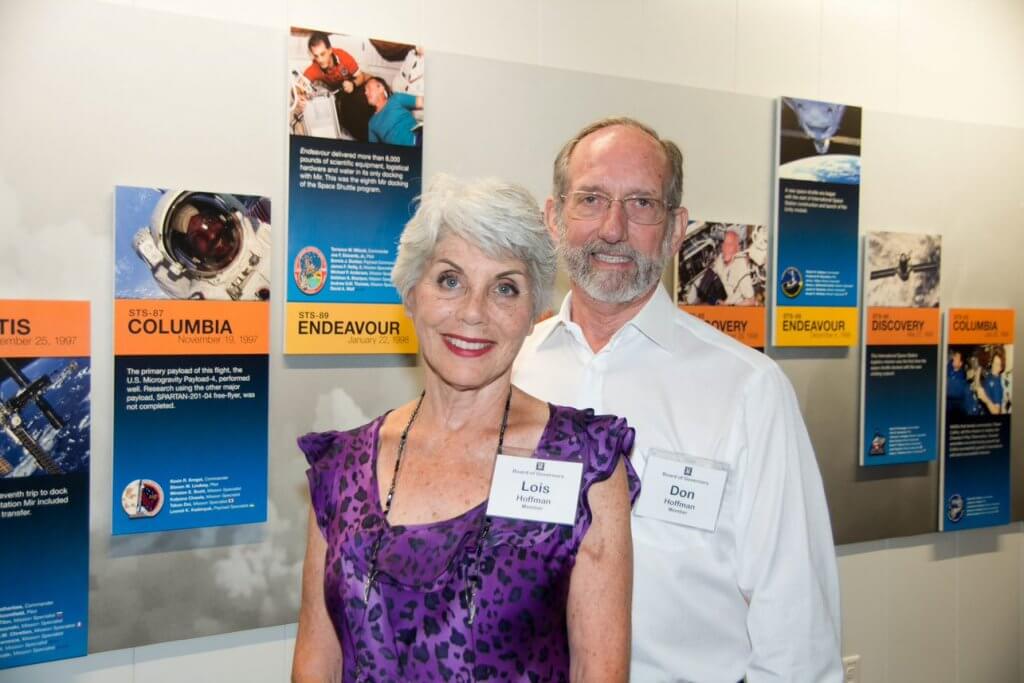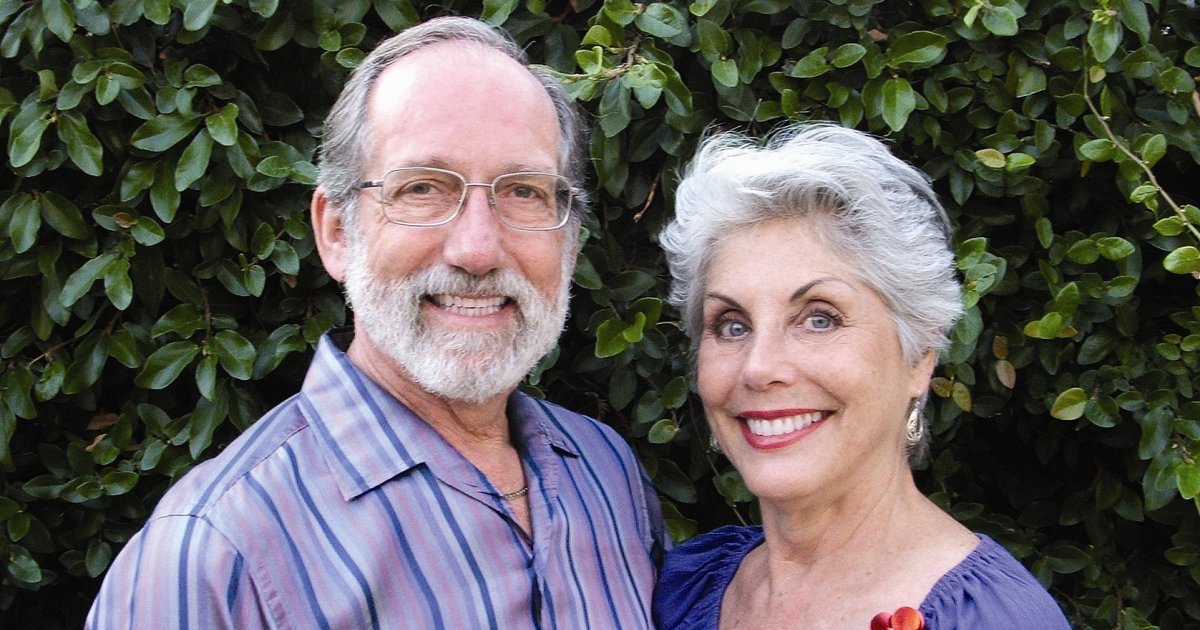Early Detection For Breast Cancer Also Applies to Men
- Over 2,000 men are diagnosed with breast cancer in the U.S. each year
- A new study found that men are less likely to survive breast cancer than women
- Experts tell SurvivorNet that the lack of early detection in male breast cancer is the big problem
- New research shows the benefit of mammograms for men with a high risk of breast cancer
When he tells people he's a breast cancer survivor, 81-year-old Don Hoffman tends to get a lot of questions like this one. Most people don't realize that men can get breast cancer, and even among those who do know it’s possible, most have never personally known a man with breast cancer. But Hoffman, who is coming up on a decade since his diagnosis, tells SurvivorNet he doesn't mind the questions. He actually gets a kick out of answering them.
Read MoreHoffman was diagnosed with breast cancer in 2010, several months after he began to notice that the areola around his left nipple was much flatter than his other nipple.
"I didn't think too much of it at first, and neither did my wife," Hoffman remembers. "But when it was still that way after a month, I brought it up to my primary care physician and he said, 'Gee, it looks kind of strange. Why don't you get a mammogram?'"
Hoffman followed the suggestion, and when his radiologist told him he would also need an ultrasound, he began to realize he might have something more serious than an odd-looking nipple. "When the ultrasound was all done, the radiologist came and said, 'You know, I really don't know what we have here.'" Hoffman's doctor referred him to a specialist at the City of Hope cancer center in Los Angeles (near where Hoffman lives with his wife, Lois) for a biopsy.
"I'm not a high-anxiety person," Hoffman says. "So when I learned it was breast cancer, I just said, 'Ok, what's next? What do we have to do?"
“I Went Through a Little More, ‘Women Stuff’ Than I Would Have'”
Hoffman's oncologist, Dr. Joanne Mortimer of the City of Hope shared some good news: the cancer wouldn't require chemotherapy or radiation. But Hoffman did need to have a surgery to remove all of his breast tissue, called a radical mastectomy, and Dr. Mortimer also told Hoffman he would need to start taking the estrogen-blocking hormone therapy drug tamoxifen.
Being a hormone therapy, tamoxifen has some hormonal side effects. That's another part of Hoffman's male breast cancer journey he now laughs about.
“I went through a little bit of the 'women stuff' than I would have,” says Hoffman.
Before he went on the hormone treatment, Dr. Mortimer told him he could expect to have hot flashes and night sweats. Hoffman was a bit incredulous at first, he remembers, but the warning turned out to be spot on.
"For probably a year after that, all of a sudden, out of nowhere, the back of my neck would be wet, which I'm sure a lot of women can understand.'”
The hormone therapy and mastectomy put Hoffman's cancer into remission, and he remains cancer-free today.
Now, Hoffman is an active voice for male breast cancer awareness. He’s also a dancer. He and his wife, Lois, go square dancing and choreographed ballroom dancing four times a week, and Hoffman says he can personally attest to the physical and cognitive benefits of dance.

Why Do Men Die of Breast Cancer More Often Than Women?
"It was an awakening for me," Hoffman says. "Quite honestly, until this happened to me, I was totally unaware of the fact that men could get breast cancer."
Hoffman isn't the only one. In the United States, over 2,000 men are diagnosed with breast cancer each year. The number makes up only one percent of all breast cancer diagnoses, but it's a population that needs more recognitionamong men, yes, but also among doctors.
Recently, a study published in JAMA Oncology found that men with breast cancer are more likely to die of the disease than their female counterparts. Because not enough clinical trials enroll male breast cancer participants, the researchers didn't have enough data to say whether this disparity is due to the actual biology of the breast cancer. But Hoffman's oncologist, Dr. Mortimer, told SurvivorNet that the more likely reason is that the lack of awareness surrounding male breast cancer leads to a delay in diagnosis among men as well as insufficient treatment.
RELATED: Breast Cancer Drugs Are Rarely Tested in Male Patients — Now the FDA Wants to Fix That
"We treat breast cancer in men the same way as breast cancer in women, but you have to be aware of it," Dr. Mortimer said, adding that recent research also shows that a lot of the time, men don't get put on tamoxifen, the hormone drug that Hoffman was given.
"And because of the delay in diagnosis, men often get diagnosed with more advanced disease," Dr. Mortimer said.
In women, the rise of regular screening with mammography has been a game-changer. Getting regular mammograms after around age 40 or 45 increases the likelihood that women who develop breast cancer can catch it at an early stage, when it's relatively treatable.
Yes, Men Can Get Breast Cancer
- It’s All About Awareness and Education — Why I Advocate for Male Breast Cancer
- There’s Not Much Out There About Male Breast Cancer — Let’s Change That
- Breast Cancer Drugs Are Rarely Tested in Male Patients — Now The FDA Wants to Fix That
- “Do I Look Like a ‘Mrs.’?” — Chicago Hip-Hop Artist Antwone Muhammad Raps About What it’s Like to Have Male Breast Cancer
Because men don't have this established screening routine, early detection is tough. Hoffman acknowledges that he was really in-tune with his body and proactive about bringing the flattened nipple to his doctor's attention, but a lot of men wouldn’t do the same. Statistically, men aren't as likely to get symptoms like this checked out.
"When I was diagnosed, I sent out an email to about 75 couples saying I had male breast cancer, that I was proactive and found it early, and that every man I contacted should take a closer look at their body and do something about it," Hoffman remembers. "Immediately, guys responded to me, and one of them said that he had this dark spot on the back of his calf and he went to his dermatologist and it turned out to be almost melanoma. Men don't normally do that. They 'tough it out.'"
Given what we know about the importance of early detectionand the fact that men are less likely to act on their symptomsshould men be getting regular mammograms the same way women do?
Researchers are still trying to figure out the answer. Right now, the National Cancer Care Guidelines only recommend checking for male breast cancer as part of annual physical exams instead of mammograms. Even for men at high risk of developing the disease, such as men with known genetic mutations of the BRCA gene, the guidelines only recommend one baseline mammogram at age 40. But a recent study published in the journal Radiology found that regular mammograms were highly effective among men with either a family history of breast cancer or symptoms such as a mass in their breast tissue.
The findings could lead to a recommendation that the guidelines change, but the study authors, including Dr. Samantha Heller and Dr. Yiming Gao of the NYU Perlmutter Cancer Center, say "more research is needed to determine at what age and how often mammograms should be performed in men at high risk."
Learn more about SurvivorNet's rigorous medical review process.


